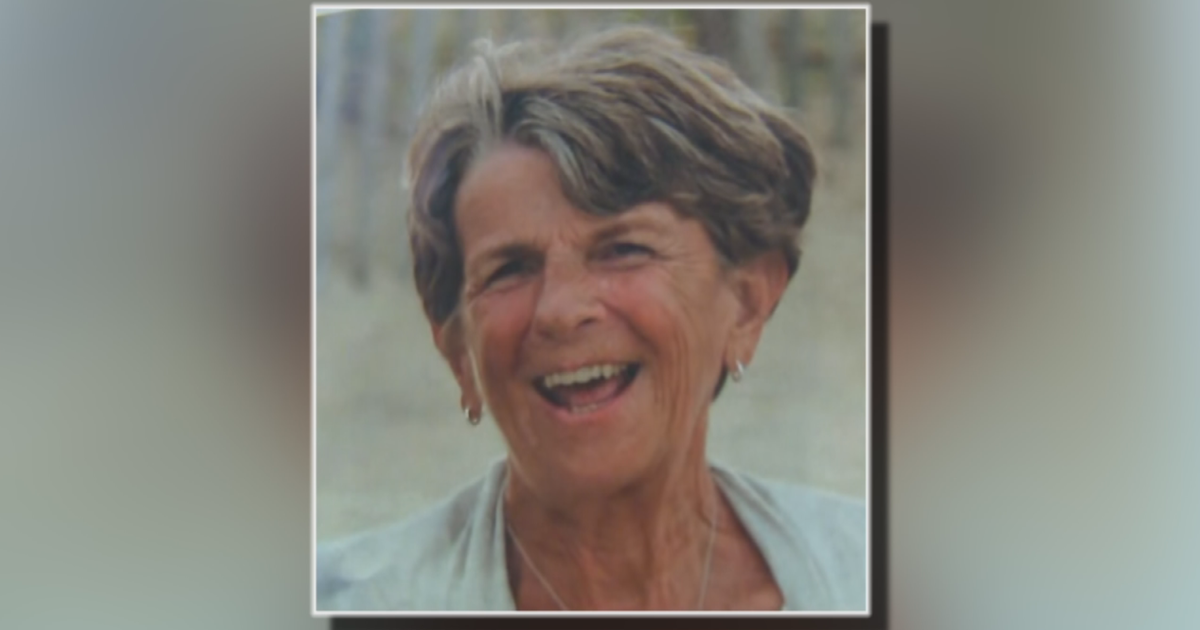Preventing Mass Shootings: Seizing Guns Under 'Red Flag' Laws From Baltimore To Buffalo
BALTIMORE (WJZ) -- What could have been done to prevent the Buffalo tragedy and stop more in the future?
Like New York, Maryland already has what is known as the "red flag" law to take away weapons from those found to be dangerous to themselves and others.
An Extreme Risk Protective Order under the red flag law also prevents people from buying guns, but lawmakers put limits on it.
In Baltimore County last year, a man who neighbors described as a "ticking time bomb" finally exploded.
It was May 8, 2021, when police responded to a frightening scene: an armed man, Everton Brown, shot and killed three of his neighbors and set off an explosion that destroyed his townhome in Woodlawn.
Brown, who died after a shootout with police, legally owned guns purchased years prior to the incident. He posted videos on social media with paranoid theories that the FBI was spying on him.
Neighbors described Brown as delusional and filed peace orders against him. Police responded to his home more than 100 times.
Nothing worked.
"I'm very thankful for the officers who came and took action, but at the same time, this could've been avoided," victim Sagar Ghimire's cousin Kanchan Ghimire told WJZ Investigator Mike Hellgren last year. "We've lost a brother, son, a friend. He was the backbone of this family. For me, I am more angry . . . If someone is complaining that this guy has a mental illness, how come nobody questioned him when he was buying the weapon?"
Maryland's red flag law, in effect since 2018, allows family members along with medical and law enforcement professionals to petition to remove a person's guns and stop them from buying more weapons.
Neighbors cannot file such a petition.
In the wake of the Woodlawn shooting, lawmakers pushed for another look at whether it can be expanded and made more effective in the most recent Maryland General Assembly session.
Maryland State Police report 12 guns seized this year under Extreme Risk Protective Orders.
Supporters said the numbers are much higher and insist the law saves lives.
New York passed their own red flag law one year after Maryland, but in the Buffalo case, it did not prevent the massacre over the weekend.
Despite the alleged shooter threatening a shooting at his high school less than a year before—being taken into custody and undergoing a mental health evaluation—he was legally allowed to purchase the assault-style weapon he used in his racist attack.
A lawyer for one of the victims is furious.
"The problem with the red flag law is it doesn't mean anything. If the red flags pop up and no one pays attention to them, and you don't follow up on them, it's a worthless piece of legislation," Terry Connors said.
"There's a lot of blame to go around and they should own it and they should feel it because there's a lot of people suffering because of it," security expert Manny Gomez told CBS New York.
Gomez, a former FBI agent, said that this case cries out for Washington to get involved because while the shooter is believed to have bought a Bushmaster assault weapon in New York, it's unclear where he got the kit to alter the magazine.
Authorities believe the Buffalo suspect was radicalized online and believed in the Great Replacement Theory that whites are being replaced by people of color to diminish their influence.
The Southern Poverty Law Center, which tracks hate groups in Maryland and across the country, has called for action.
"These are conspiracy theories that are not rooted in the truth. The Great Replacement Theory is a white supremacist, racist conspiracy theory," Rachel Carroll Rivas of the Southern Poverty Law Center said. "Many of the really divisive, harmful, and hateful ideas that are espoused by these groups are unfortunately being repeated and shared by many leaders on our country."



